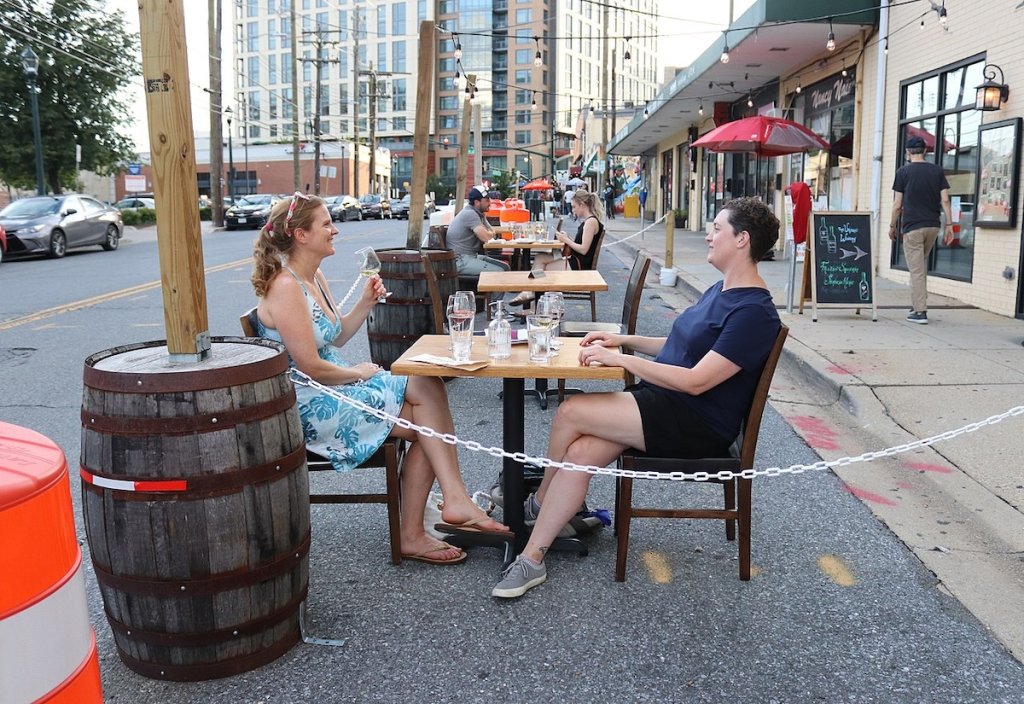Five years ago, cities across America witnessed something incredible. The Covid-19 pandemic has shown that cities could change much more quickly than many previously thought, due to all its painful effects. With the right incentives, transformation can almost literally take place overnight, and authorities have shown that we can act quickly and subtly to implement a fast, low-cost program that makes where we live safer, more accessible and even more comfortable.
In the context of the crisis, the advocates’ interventions have been cascaded nationwide in the form of “open street” programs, such as improvements to pedestrian infrastructure and protected bicycle lanes. Even if transport was struggling to maintain its budget (as it continues to this day), many transportation systems across the country provided free fares during the pandemic, reducing interaction with drivers, supporting key workers who still had to travel to work, realising how important these systems are to the functioning of society.
As a planner, Covid has been forced to reassess our priorities and understand how we can be agile in the face of an emergency. Most importantly, it has been forced to act discreetly but decisively, finding ways to ensure that urban structures do not collapse under the weight of the pandemic and its economic and social sacrifices.
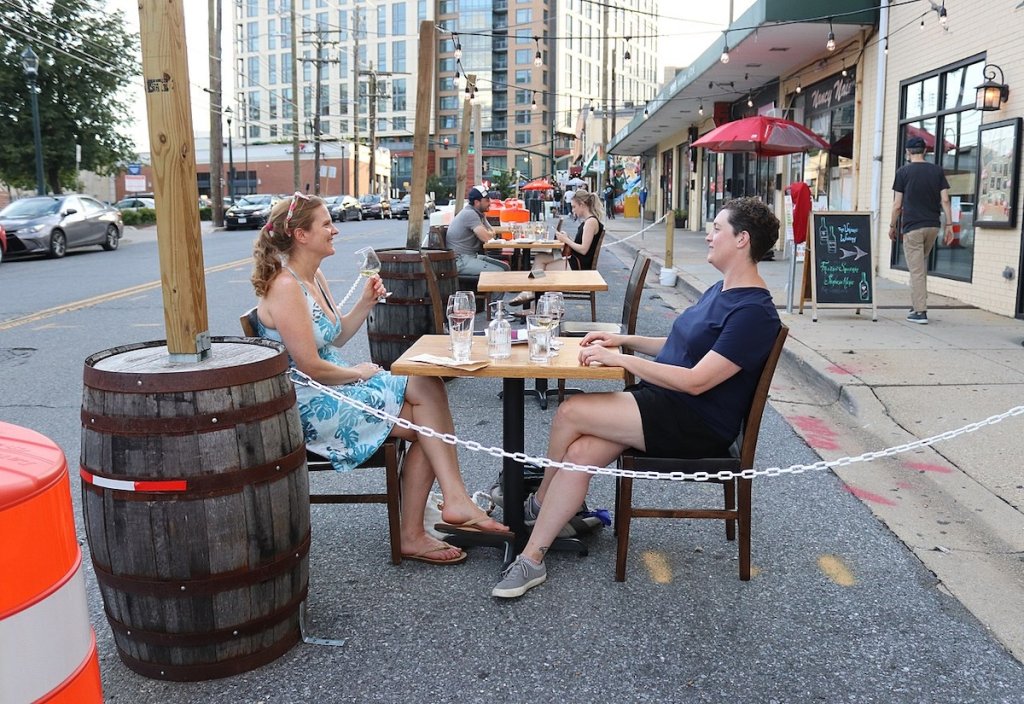
Move your outdoor dining
One of the most challenging public companies during the pandemic, restaurants have sought a way to continue serving customers through takeout and outdoor dining. While it usually takes months to navigate the permitting process for sidewalks and on-street service areas, the urgency of the pandemic has forced many cities to quickly track the process and serve their customers in safe, socially distancing outdoor environments with restaurant regulations and standards. Streets across the country flourished on food patios, often in setups similar to “parklets” in curb parking lots protected by barriers. The city closed the entire alleyway and created a general dining space. And most of the time people loved it.
From rushed pop-up tents and vinyl bubbles designed to minimize air pollution to elaborately constructed patio structures, the restaurant has found a unique way to accommodate diners in a safer and more socially distanced way. In most cases, cities approved a variety of designs, provided they did not block passage and provided a suitable 6-foot buffer.
The question is, did the conversion really continue?
Hmm… a bit
New York City offers examples of the victories and challenges experienced in outdoor dining in major U.S. cities with a strong pedestrian culture and robust transport system, but spaces beside the curb, or any space, are premium.
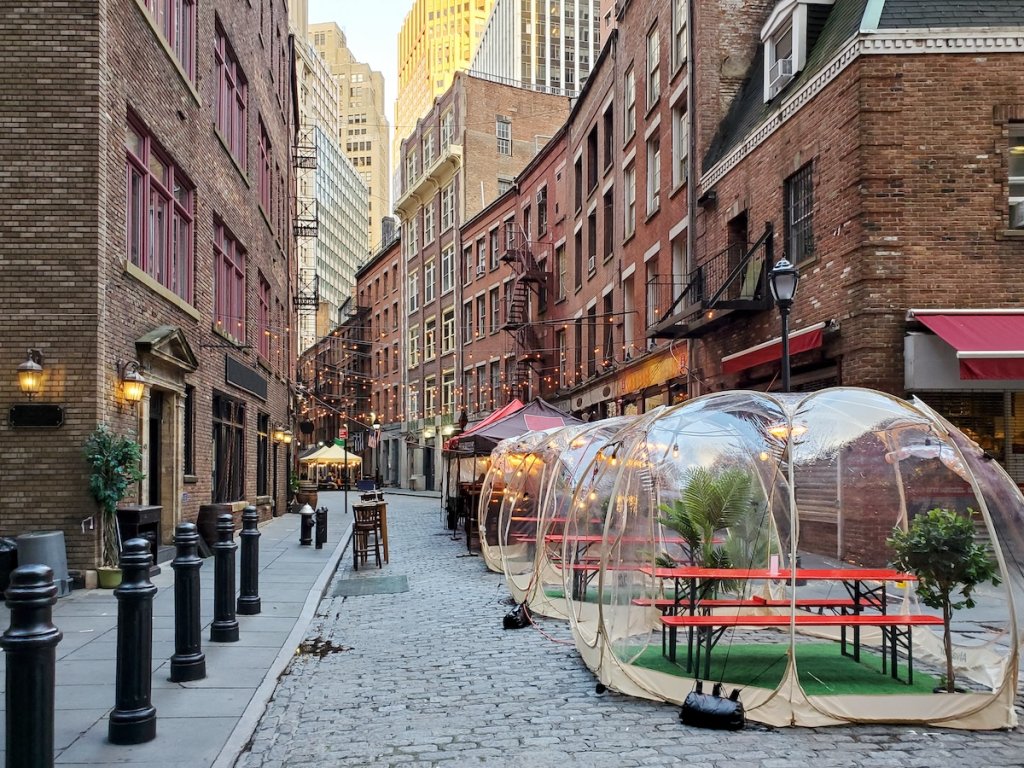
In early 2020, NYC leaders began messing around with the idea of an expanded outdoor dining area, including something to replace curb parking, to stimulate the pandemic-hit economy and support local restaurants. Another pandemic phenomenon, the adoption of lightning bolts in the Open Street Project, created a unique opportunity for outdoor dining and opened the roads for more uses. In September 2020, the city made the temporary program permanent after lobbying from a restaurant industry group that wanted to see indoor dining continue outside after it returned. By November of that same year, tensions began to rise, and the program was debated.
In August 2023, the city again revised regulations, demanding that restaurants cut their outdoor dining setups between November 30th and March 31st. Many restaurants say that this process is making it expensive and difficult. To ease the burden on business owners, the city has issued a set of pre-approved designs that restaurants can use to ensure compliance with city rules.
In 2024, the city updated the rules again, but many restaurants remained very high in current permits and equipment costs. New regulations and fees are forced to close outdoor dining businesses at many restaurants, along with administrative SNAFU, which has delayed approval of liquor licenses for months. On April 1, 2025, the city announced that restaurants will be allowed to continue with sidewalk meal setups all year round, but in winter, road seats will need to be removed and labor and storage costs added.

What did we learn?
New York City is undoubtedly unique in many ways, but the outdoor dining experience reflects the experiences of other cities across the country. In New York, Baltimore and Minneapolis, the programs are seasonal, so restaurants have had to spend more on disassembly and storage each year. Other cities such as Seattle have developed multiple permit types. Part of this allowed restaurants to continue dining outdoors all year round. To reduce costs, Chicago has created permission categories that allow multiple restaurants to apply for group permits.
Initially, the enthusiasm for outdoor dining seemed endless, and the city had restaurants set up different types of dining areas using parking, curb parking and sidewalk spaces. Eventually, traffic returned and cities reviewed more generous pandemic-era policies, so some cities began to pull back outdoor dining programs, while others moved their temporary programs to more normal and permanent regulations. While most pandemic-era “Alfresco” dining programs had little or no management costs for businesses, new regulations enacted by some cities include the large costs that many restaurants say can’t pay. And while the tolerant atmosphere of the early pandemic has enabled ad hoc quick build designs, many revised regulations will tighten restrictions on aesthetic and safety considerations.
Outdoor dining is most successful in places where transits are readily available, where parking is still available when needed, and where urban infrastructure supports safe sidewalks and streets where people can sit comfortably. Cities can support businesses by improving transport access, creating integrated parking spaces away from street-facing spaces, and promoting collaboration between restaurants, such as shared dining spaces. In efforts to standardize regulations, planners can ensure that new requirements are not overly complex or expensive. For example, allowing outdoor dining whenever possible will reduce costs and eliminate the need to use equipment that can be disassembled and stored annually.
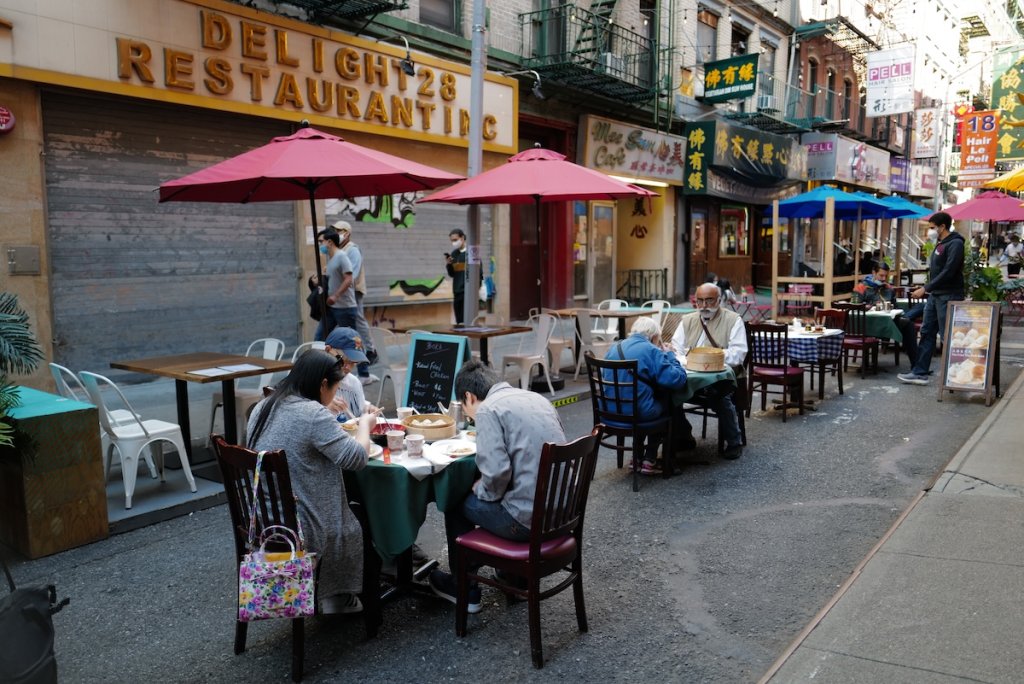
When local businesses needed support, cities came together to quickly track solutions and falsely showed how flexible we could be in the city’s space – when we wanted to be. Tens of thousands of curbside parking, as well as an entire block or alleyway, have been transformed into a vibrant social community space that stimulates economic growth for local businesses. The relatively easy city has reorganized public spaces to accommodate outdoor dining is supported by a bureaucracy that could be permanently reformed. But with a return to “normality,” it has resulted in a more troublesome reversion to restrictions that forces some pandemic-era program rollbacks. In some cities, outdoor dining was one of these victims. Other cities have found ways to accommodate outdoor dining and support businesses by reducing management costs.
However, costs and tedious regulations can curb outdoor dining and, despite its benefits, allow restaurants to abandon. It doesn’t have to be that way. Safety is paramount, but city leaders can act thoughtfully to reduce costs and logistics barriers, support local businesses, and support streetscapes that rethink what curb space is.
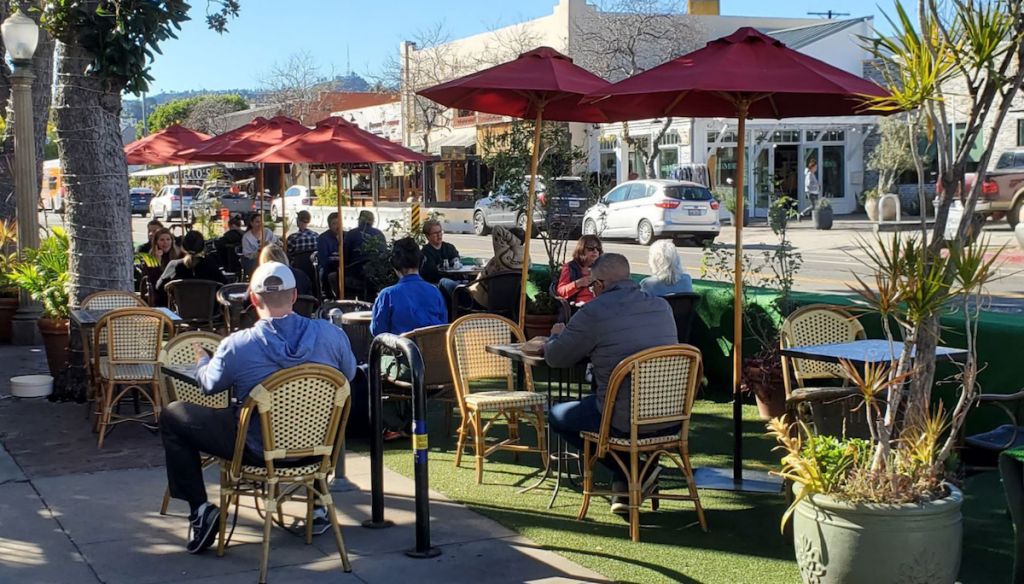
Source link

